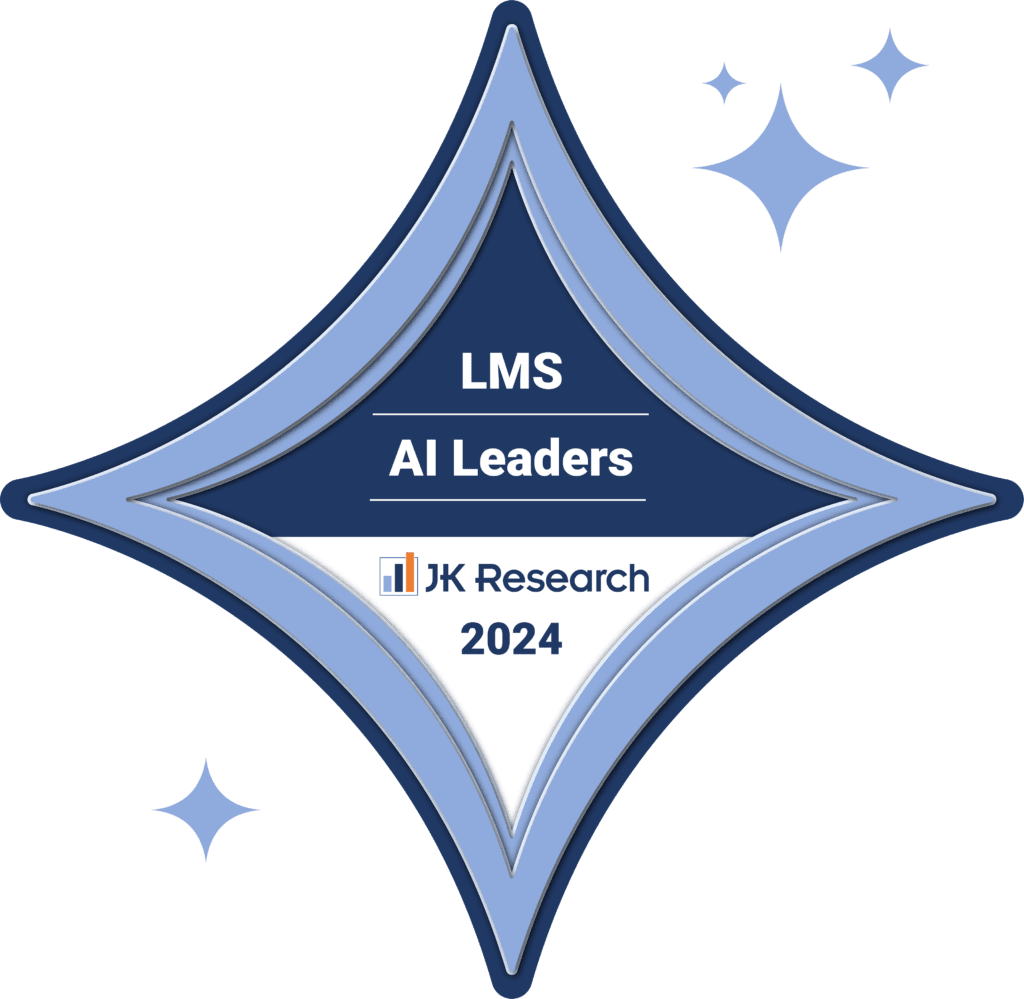There’s no singular learning theory that suits every adult learner.
People are different.
Some of us are more receptive to some learning styles than others.
To maximise learning impact the processes, context, environment, and levels of engagement in adult learning need to be tailored to the nature and objectives of an organisation and its people.
There is no single universal solution applicable to all learners.
But some learning theories are better suited to adults in the workplace than others. ✋ 🏆
Imagine for a moment that you’re a personal trainer with a handful of clients who have engaged your services to optimise their physical, physiological, and psychological health.
Each client is a newbie, with zero to limited knowledge of the exercises needed to reach their fitness goals. Many gym newbies don’t even know how to safely pick up a dumbbell, let alone how to use a seated sit-up machine, 🏋️♂️ 💪
PTs are faced with a challenge: figuring out the best way to collaborate with clients to achieve the results demanded of them, after all, there are various learning theories that can be adopted.
Which is best?
The Constructivist Learning Theory? Behavioural Learning Theory? Humanism Learning Theory? Connectivism? 🤷♀️
Now, we may not be fully qualified PTs with decades of experience helping people reach and exceed their fitness goals, but with our knowledge of L&D in the workplace, we can have a crack at the L&D theories that a PT could choose to employ. 🚀
First, let’s look at the Constructivist Learning Theory.
Is this the right approach for a PT to take? No. Why? Well, constructivist learning involves learners formulating their own knowledge sets, and using reflection to reinforce knowledge.
PTs role is to educate, guide, and encourage people with limited knowledge. Letting learners formulate their own approaches to getting fitter, and stronger is, at best, irresponsible, people could hurt themselves!
In L&D, a strong example of constructivist learning is peer training. Learning through social experience.
Colleagues learn from their more experienced peers. Is this what a PT does? No. Maybe. Kind of.
Junior PTs will learn from their more experienced counterparts.
However, when with clients, the learner (the person aiming to improve their physical fitness) participates in a social experience with their PT…Learning from someone with more experience.
However, this is secondary to learning through action. Experience. Getting involved in the gym. Using the equipment. Under the supervision of an experienced PT. 🏃♂️
Let’s look at a different learning theory: Connectivism Learning Theory.
Is this theory applicable to what a PT does?
Well, connectivism considers that connections and technology shape learning.
And everyone must adapt to a constantly evolving technological environment to learn.
Consider an office workplace.
One that integrates evolving technological innovations, like AI and machine learning. Whereas this may be typical of many offices the world over, it’s not exactly typical of a PT.📱
Therefore, Connectivism Learning Theory isn’t that applicable to a PTs day-to-day.
Teaching clients how to perform a side lateral raise or goblet squat requires action, performing the motions. There’s little emphasis on technological innovation to learn the process. 😅
Now Self-Directed Learning Theory: this is something that a PT could leverage.
Self-directed learning appeals to adults, giving them autonomy over their learning journey.
A PT can guide clients towards their fitness goals, but it’s up to the clients to achieve them.
Let’s look at self-directed learning in a little more detail.
What is Self-Directed Learning?
Self-Directed Learning Theory (SDL) feeds into adult learners’ intrinsic drive to access information when it’s most convenient to them.
Think online tutorials, webinars, even study groups. It’s a reinforced learning experience. One that places the onus on learners to take control of their learning experience. 💻 🥳
L&D teams recognise the value of, and often promote, self-directed learning.
Workplace learners are encouraged to watch videos, listen to podcasts, search for online resources, and even read books to bolster their knowledge and understanding.
This has the dual benefit of elevating cross-department workplace acumen whilst cultivating subject matter experts who can have a profound effect on continued performance. 📻
By providing support, for example, paying for resources, recommending tools, or building an information library, L&D teams, and, by extension, the organisation, can build productive cross-department teams and a prosperous learning environment, whilst encouraging adult learners to become involved in the learning process, self-identifying their own needs.
It’s all about empowering people to not only learn from their working experiences but also to use their own initiative to uncover what they need to know to excel in all areas of their roles.
L&D teams that emphasise these attributes and share them with the wider organisation will foster a strong learning environment.
Why is Self-Directed Learning Important in L&D?
How we learn has changed massively in the last decade or so.
Old-fashioned, instructor-led, limited-resource learning has evolved.
Gone are the days when you’d sit behind a static screen, be given a manual to use, let’s say, software platforms, and have access to a subject matter expert on hand to ask questions.
As L&D has evolved, organisations have shifted towards a new decentralised, e-learning or hybrid model.
When executed well, self-directed learning can empower everyone, delivering flexibility, and collaboration, promoting learners, and reducing conflicts of interest whilst promoting personal initiative and liberating learner needs. 📗📱
Let’s have a look at each of these attributes in more detail.
✅ Promoting Flexibility and Collaboration
Self-directed learning empowers employees to learn at their own pace, even in their own time, offering superior flexibility, whilst encouraging learner autonomy.
LXPs, like Thirst, and other collaborative learning platforms, give learners the opportunity to access training content anytime, anywhere in the world.
Self-directed learning capitalises on this superior accessibility by allowing learners to train at their own pace, whenever it’s convenient. 🥇
Organisations that do NOT promote self-directed learning risk compromising learning cohesion, especially if instructors and peers acquire knowledge in diverse ways, at different paces.
Those who acquire knowledge at a slower pace risk being left behind.
Those who acquire knowledge at a quicker pace risk becoming frustrated with others’ lack of progress.
But with self-directed learning, people can spend as much, or as little, time as needed to acquire knowledge and thrive.
✅ Engagement and Initiative
Self-directed learning allows people to take ownership of their learning experience.
Successful L&D teams don’t frame learners as something everyone must comply with, but something everyone benefits from actively pursuing. 🙋
Self-directed learning makes it easy for organisations to gain perspective.
Assigning everyone the same e-learning courses allows employers to understand who has successfully completed the course and who has not engaged.
This way it’s easy to see who fully understands the subject matter and who may need extra time to fully grasp concepts.
✅ A High Achieving L&D Department
In addition to the individual’s benefits, organisations also benefit from self-directed learning.
They don’t need to chase after employees, setting strict learning targets as part of personal KPIs, and running the risk of making the experience difficult. 🙌
Instead, a high-achieving L&D department will promote learner autonomy, with managers intervening only when necessary.
Also, by putting employees in charge of their own learning goals, L&D departments can tailor and adapt any training to the demands of the clients and cultivate a stronger feedback loop, collecting learners’ reactions to processes to evolve and improve future learning.
Self-Directed Learning’s Five-Step Process
Successfully implementing self-directed learning in the workplace is simple.
All you need to do is to follow Thirst’s five-step process.
Want to learn more? Keep reading below. 👇
Step one: assessing readiness to learn:
Evaluate the organisation’s preparedness for self-directed learning, including personal motivation, skills, and available resources. ✔️
Step two: setting learning goals:
Define clear, measurable, and achievable learning objectives to guide the learning process. ✔️
Step three: engaging the learning process:
This step can be broken down into three stages which are as follows:
- Identifying resources: find and use different resources, including books, articles, and online resources ✔️
- Choosing leadership strategies: select effective learning methods and techniques, such as reading, writing, discussing, practising, or experimenting ✔️
- Implementing learning strategies: engage in learning activities and apply the chosen strategies to acquire knowledge and skills ✔️
Step four: evaluating learning:
Like step three, evaluating learning can also be split into two stages. These are as follows:
- Monitoring progress: regularly review and reflect on the individual’s, and the organisation’s L&D goals ✔️
- Assessing outcomes: measure and evaluate learning process outcomes to determine if learning goals have been achieved ✔️
Step five: Reflecting on the learning process:
Take the time to understand the success of the learning process and brainstorm ways of how it can be improved in the future ✔️
The Benefits of Self-Directed Learning
We’ve already touched on some of the benefits of self-directed learning: flexibility, collaboration, and learner engagement, but let’s look at the rewards your organisation could reap when you choose to leverage self-directed learning.
Enhanced motivation ✅
Individuals who take control of their own learning are more engaged and motivated.
Self-directed learners can choose topics and resources that are relevant and interesting to them. This makes the learning process more enjoyable which, consequently, increases motivation and ownership of the learning process. 💡
Develop critical thinking and problem-solving skills ✅
Learners who take an active role in the learning process are more capable of identifying problems, asking questions, and thinking critically about the information they’re learning.
These skills are paramount in the workplace where individuals consistently need to adapt to new circumstances and challenges. 💭
Promote lifelong learning ✅
Self-directed learning is a critical skill for continued professional development and personal growth.
Individuals who learn how to set goals, identify resources, and manage their own learning processes are cultivating lifelong learning skills.
This is especially important in today’s ever-evolving world, one where technologies and industries change rapidly. 🌎
Leverage internal resources ✅
By encouraging employees to explore a wealth of available organisation-wide resources and focusing on self-directed learning pathway, decision-makers can save on external training costs.
This can be achieved whilst simultaneously ensuring that employees are learning with materials tailored to the specific processes and needs.
Drives innovation ✅
Employees who stay updated with industry trends, best practices, and modern technologies can respond favourably to market, organisation, and role challenges.
When this ethos spreads throughout the organisation, innovation inevitably follows.
Don’t Sleep on Your Chance to Implement Self-Directed Learning Throughout Your Organisation
Establish a strong culture of learning at the heart of your organisation’s L&D.
One that focuses on strategy, prioritising learner goals, measuring learning performance against professional outcomes, and more importantly, choosing the right learning platform, like Thirst, and you’ll truly improve your self-directed learning success.
Remember too that self-directed learning is a team effort, one that requires the engagement of the organisation, L&D professionals, cross-department managers, employees and decision-makers. 🧐 🙌
The good news is that once you get organisational buy-in, your self-directed learning success is assured. 👍
If you’re interested in partnering with a learning experience platform that brings all your learning, knowledge, and resources together in one place, then look no further than Thirst!
Our AI-fuelled LXP is built for a new era of L&D, helping to elevate the L&D to a whole new level! 🙂
Got 2 Minutes?
If your organisation is suffering as a result of disengaged learners, then Thirst can help. 🔥
As an AI-powered learning platform, Thirst is empowering L&D teams big and small to level up learner engagement and create learning experiences designed for the modern learner.
Take the guided tour today and see Thirst in action.
For more e-learning insights, resources and information, discover the Thirst blog.
You may also enjoy:
12 Onboarding Best Practices for New Employees | 15 Key Characteristics of Effective Learning | What is Leadership Team Development?







